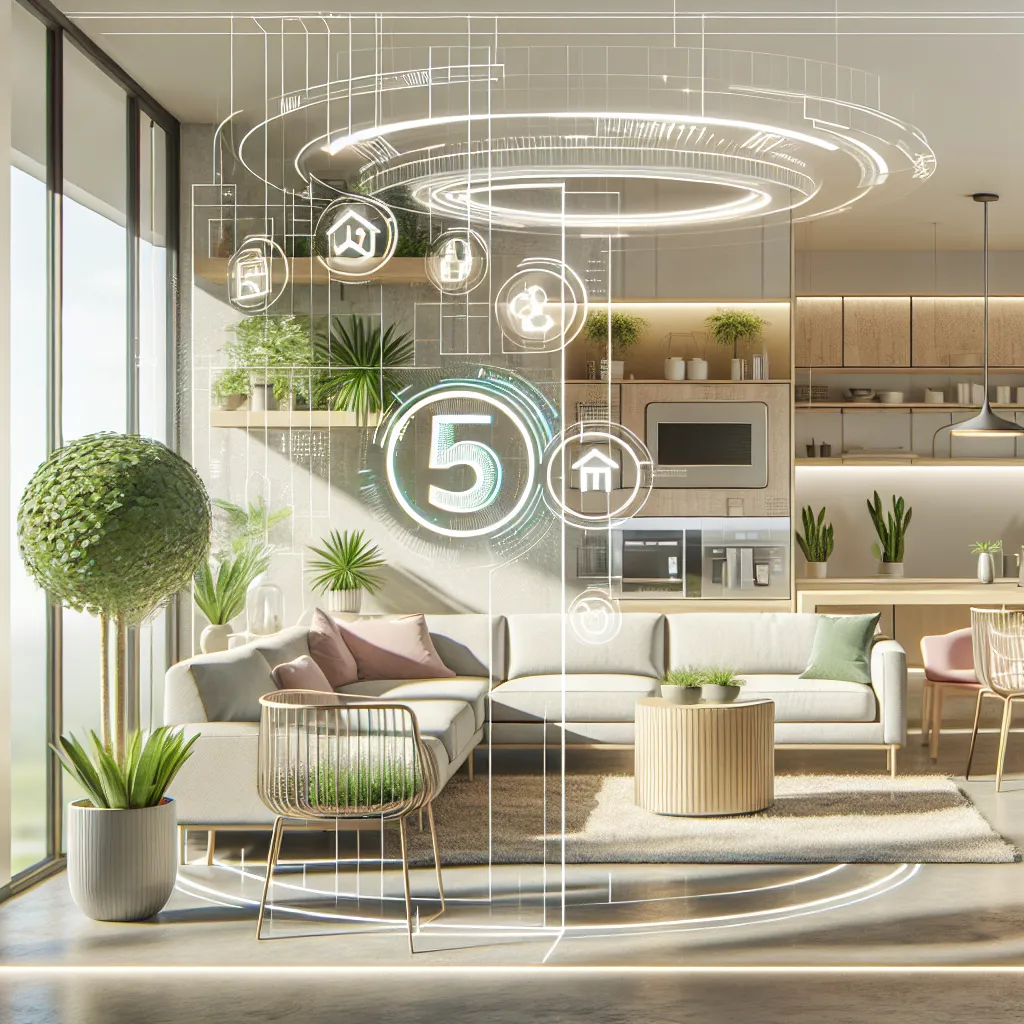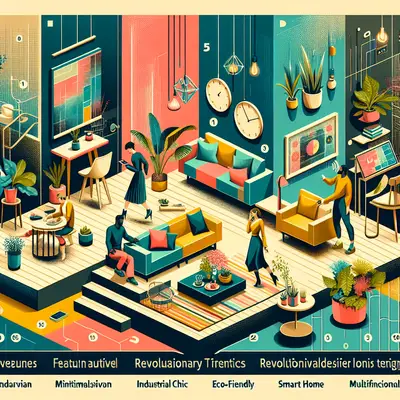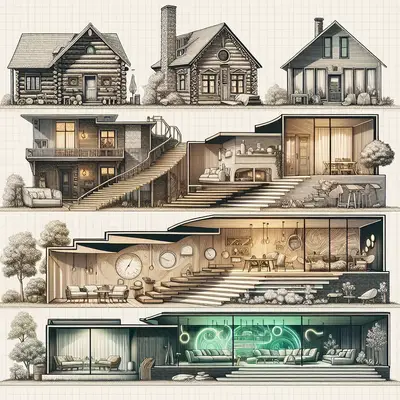Smart Home Ecosystems
Welcome to the era of the Internet of Things (IoT), where everything from your fridge to your lights can be controlled by a smartphone or a voice command. Smart home ecosystems are designed to simplify your life by automating daily tasks, enhancing security, conserving energy, and providing unparalleled comfort. Imagine waking up to your favorite music, having your coffee ready by the time you're out of bed, and your home adjusting the thermostat according to your needs.
Multi-Functional Spaces
In the wake of remote work trends, our homes have become more than just living spaces – they are offices, gyms, schools, and entertainment centers all in one. Multi-functional spaces are a vital home living concept for 2025. Think of convertible furniture that doubles as storage, or a wall-mounted desk that folds away when not in use. These concepts are all about maximizing space and adapting to our changing needs.
Biophilic Design
Biophilic design reconnects us with nature by integrating natural elements into our living spaces. It's more than just having indoor plants. Think living green walls, natural light maximization, or furniture and decor made from sustainable materials. Such designs have proven benefits for our well-being, including stress reduction, improved cognitive function, and better air quality.
Wellness-Focused Interiors
Our homes can significantly impact our mental and physical health. That's why wellness-focused interiors are becoming increasingly important. These designs incorporate elements such as circadian lighting that adjusts to your sleep cycle, noise-cancelling walls for quiet spaces, and air-purifying systems. A wellness-focused home is designed to make you feel good, both physically and mentally.
Sustainable Living
As we become more environmentally conscious, sustainable living has become a key focus in home design. This concept involves using energy-efficient appliances, installing solar panels, utilizing water-saving fixtures, and incorporating recycled or sustainable materials in construction and decor. A sustainable home not only lowers your carbon footprint but can also save you money in the long run.
Conclusion
These innovative home living concepts for 2025 challenge us to rethink and redesign our spaces for a better future. By incorporating smart technology, adaptable spaces, biophilic design, wellness-focused interiors, and sustainable practices, we can create homes that are not just living spaces but also extensions of our lifestyle and values.



